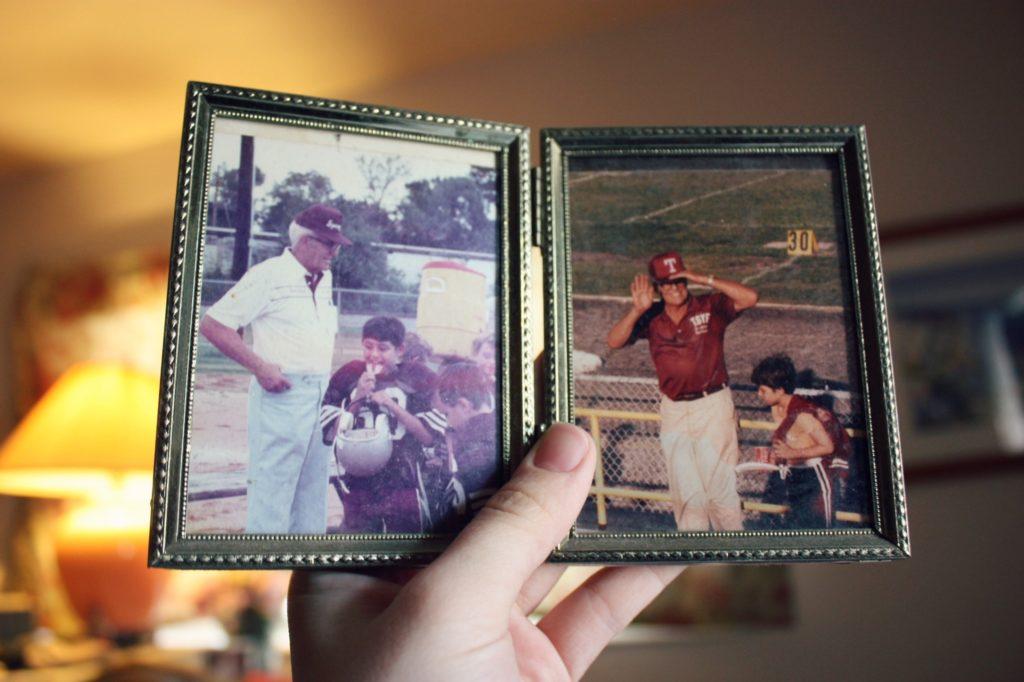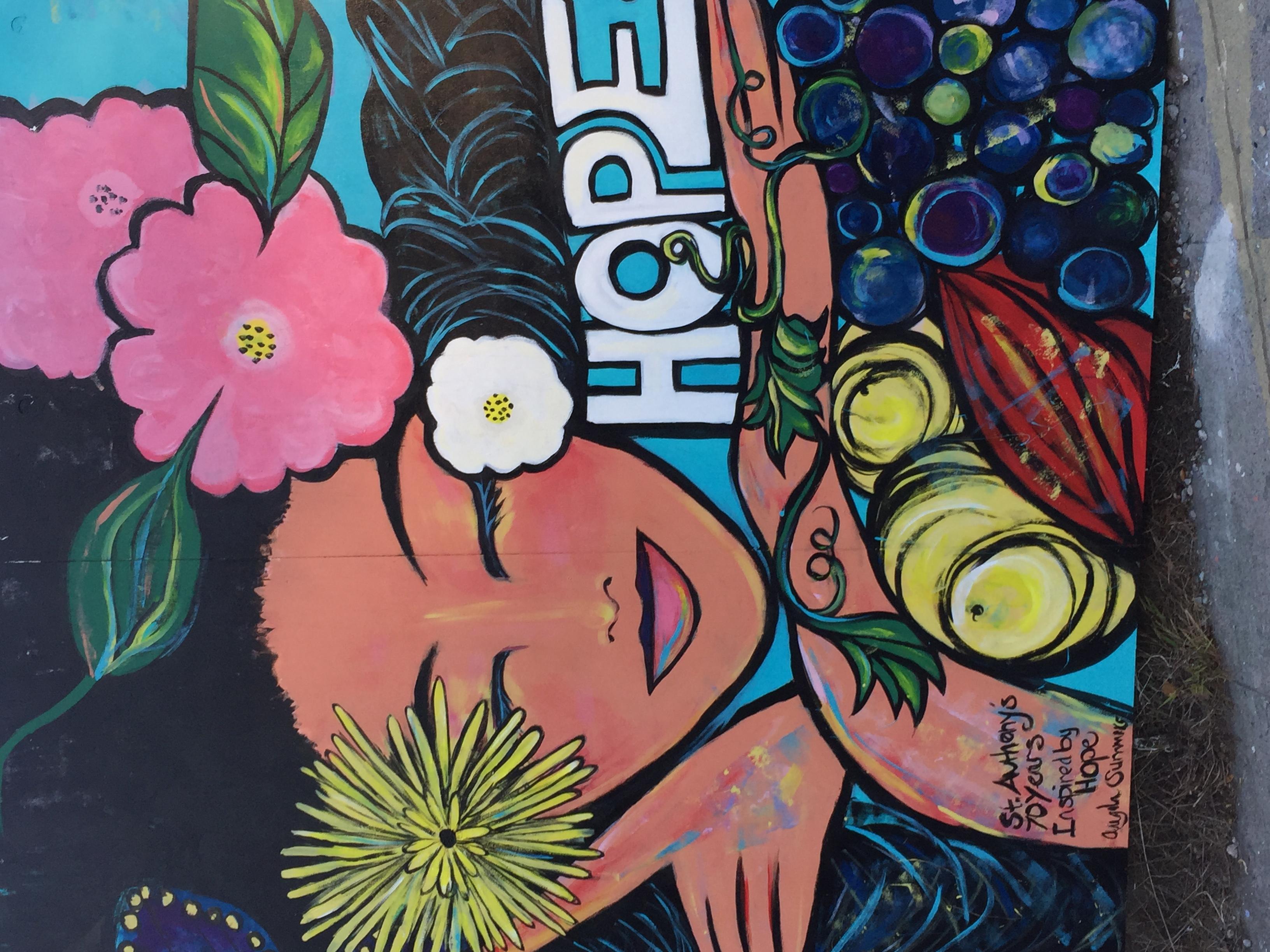You may feel talking about mortality right now is a big ‘no-no.’
You’d be wrong.
I know some of you will argue with me. I’ve already seen one fundraising guru (who I generally admire greatly) say this is the only type of fundraising they’d not recommend right now. They called it ‘creepy.’
I understand the impulse to avoid this subject.
Especially now. Because it may feel insensitive. A bit like ambulance chasing.
Yet that’s not what legacy philanthropy is about. Not today. Not ever.
What’s Different in an Era of Pandemic?
Honestly, nothing. At least in this particular area of fundraising. Other stuff must be postponed or canceled, sure.
- You may have to put your events on hold.
- You may have to put planned spring and summer appeals on hold (assuming they were targeted for particular programs that don’t seem relevant or urgent at this point in time.)
- You may have to put targeted legacy giving mailings on hold.
You don’t have to stop promoting meaningful legacy giving.
Why?
Because right now we’re all questioning the meaning of life. And our individual lives in particular. What can we do, as individuals, to make a difference? Not just today, but for tomorrow? What will our legacy be?
Whether we live or die, we’re all thinking about what life will be like on this planet moving forward. Yes, we’re in a pandemic. It’s scary and uncomfortable as all get out. Yet, let’s face it. People are seldom comfortable confronting the notion of their own death. Nevertheless death is as natural as birth. It’s inevitable, sooner or later, for everyone. Of course, we all hope for later.
Promoting legacy giving is not about actively seeking out folks on the verge of death and asking them to sign their estate over to you. That would, indeed, be crass. Again, legacy giving programs are not ambulance chasing! And, anyway, most of your supporters are not sick. Most will survive. Yet…
Details


 Just like it’s prudent for individuals to have both a checking and savings account, it’s prudent for nonprofits to have both operating funds and endowment reserves.
Just like it’s prudent for individuals to have both a checking and savings account, it’s prudent for nonprofits to have both operating funds and endowment reserves. You bet!
You bet!
 What the heck are “planned gifts?”
What the heck are “planned gifts?”
 Legacy gifts don’t fall from the sky.
Legacy gifts don’t fall from the sky.
 13 happens to be my lucky number. I want it to be lucky for you too.
13 happens to be my lucky number. I want it to be lucky for you too.
